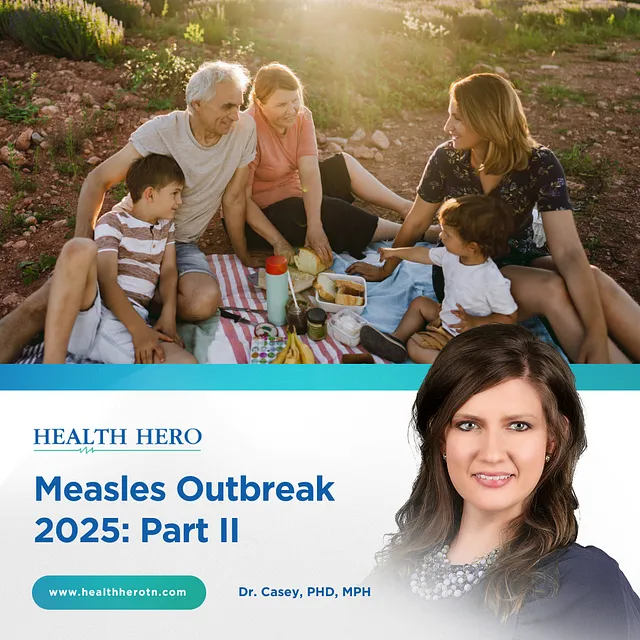Recently, the country has seen a significant public health concern emerge from a steady increase in vaccine hesitancy. While this has broader implications, there is also a substantial risk to the younger generation. The Centers for Disease Control and Prevention (CDC) reports declining immunization rates for crucial vaccines such as MMR (measles, mumps, rubella), DTaP (diphtheria, tetanus, pertussis), and polio. Current vaccination levels have fallen below those of the 2011–2012 school year, leaving nearly 250,000 children unprotected against measles and other infectious diseases.
Not too long ago, diseases such as measles were nearly eradicated in the United States. The introduction of the measles vaccine in the 1960s led to a 99% reduction in cases. However, vaccine hesitancy has caused a resurgence of outbreaks. This year alone, there have been 13 measles outbreaks across 24 jurisdictions, with a majority being children. Around 84% of these cases involve individuals whose vaccination status is either unvaccinated or unknown.
Implications of This Threat
It’s not just the U.S. experiencing an increase in vaccine hesitation. Globally, outbreaks of other vaccine-preventable diseases like polio and cholera are rising. These diseases don’t get stopped at the border and can quickly spread to other countries. If vaccination rates continue to decline, the relatively small number of current cases could escalate to tens or hundreds of thousands of infections.
To protect yourself and your family, ensure you are vaccinated against measles for at least two weeks before traveling internationally. Measles is highly contagious and can spread through coughing and sneezing. Contact your doctor immediately if you have been exposed to measles. Unvaccinated individuals, particularly those travelling to regions with ongoing measles outbreaks, are at higher risk. After returning from international travel, monitor your health for three weeks and report any symptoms, such as high fever, cough, runny nose, red eyes, or rash, to your doctor.
The Safety of Vaccines
Vaccines have a strong safety record, backed by rigorous studies and double-blind tests. The MMR vaccine provides 97% protection with two doses and 93% with one dose. Infants and children should follow a specific vaccination schedule, while teens and adults without immunity should receive two doses 28 days apart. Contrary to misinformation, most vaccine side effects, such as a low-grade fever, are mild and temporary. The proven effectiveness and safety of vaccines have a long history of combating both established and emerging infectious diseases.
Once vaccinated, the body has a layer of protection that extends to those around you. A single unvaccinated person can trigger severe illness within entire communities, leading to preventable loss of life, especially among vulnerable populations like children, grandparents, frontline workers, and immunocompromised individuals.
Making an Informed Decision
Families can make informed decisions about their children’s health based on reliable information from trusted sources, starting with their physician. Compromising public health has a far-reaching impact on the well-being of communities, especially today with the growing threats from vaccine-preventable diseases.
All of us must take action, such as researching and combatting misinformation, getting vaccinated, and encouraging our loved ones to do the same. The decline in vaccination rates is a wake-up call. By understanding the historical success, global implications, safety, and community protection provided by vaccines, we can work together to reverse this trend.
Sources:
CDC: Vaccination Trends — Children


